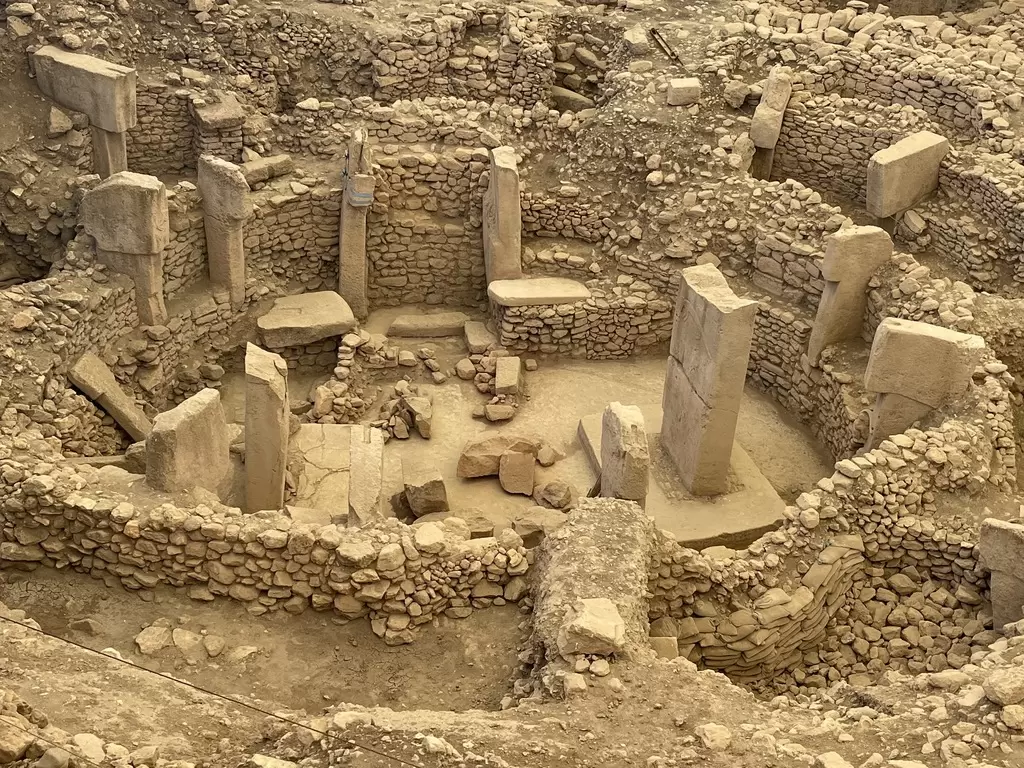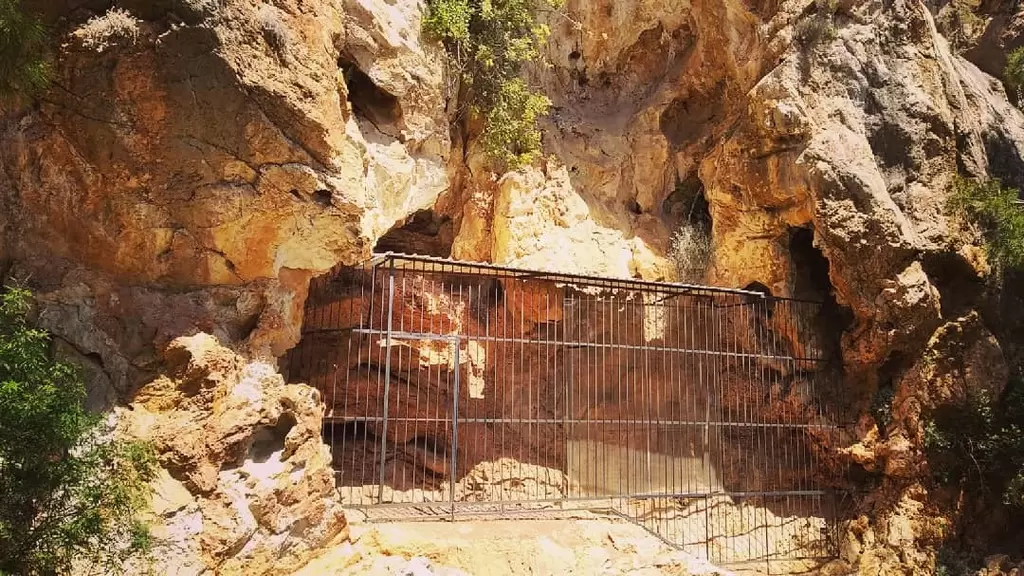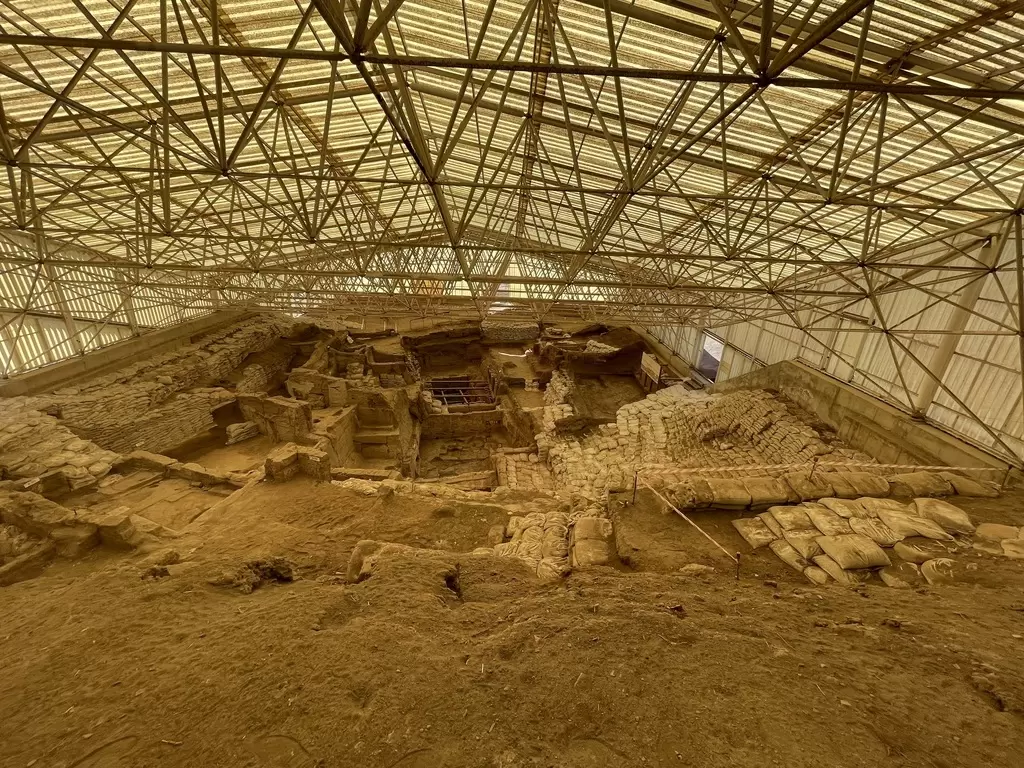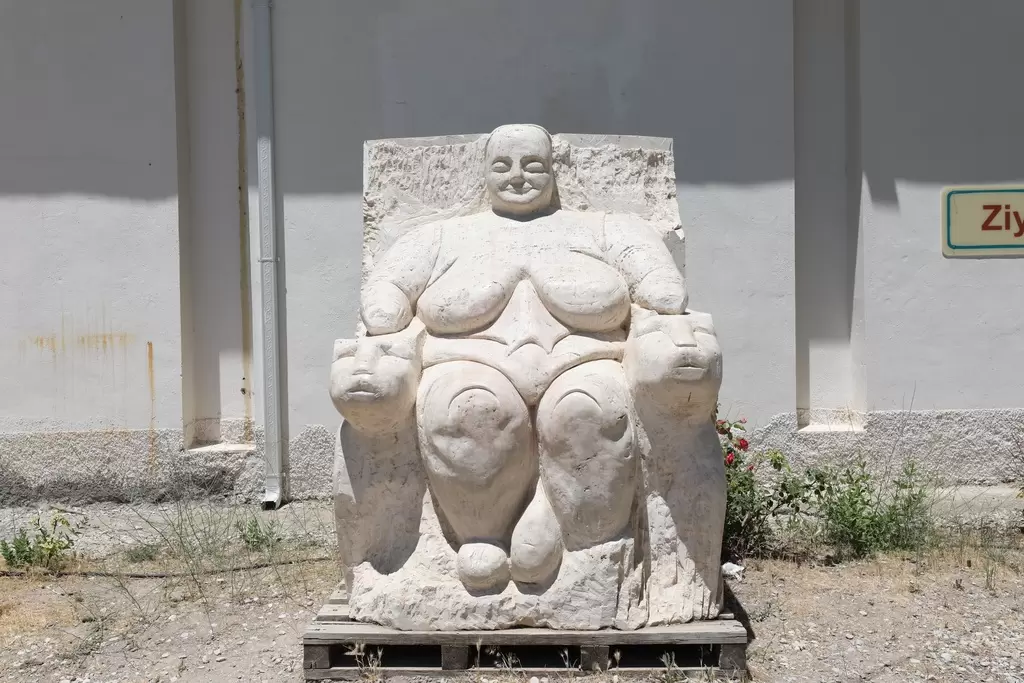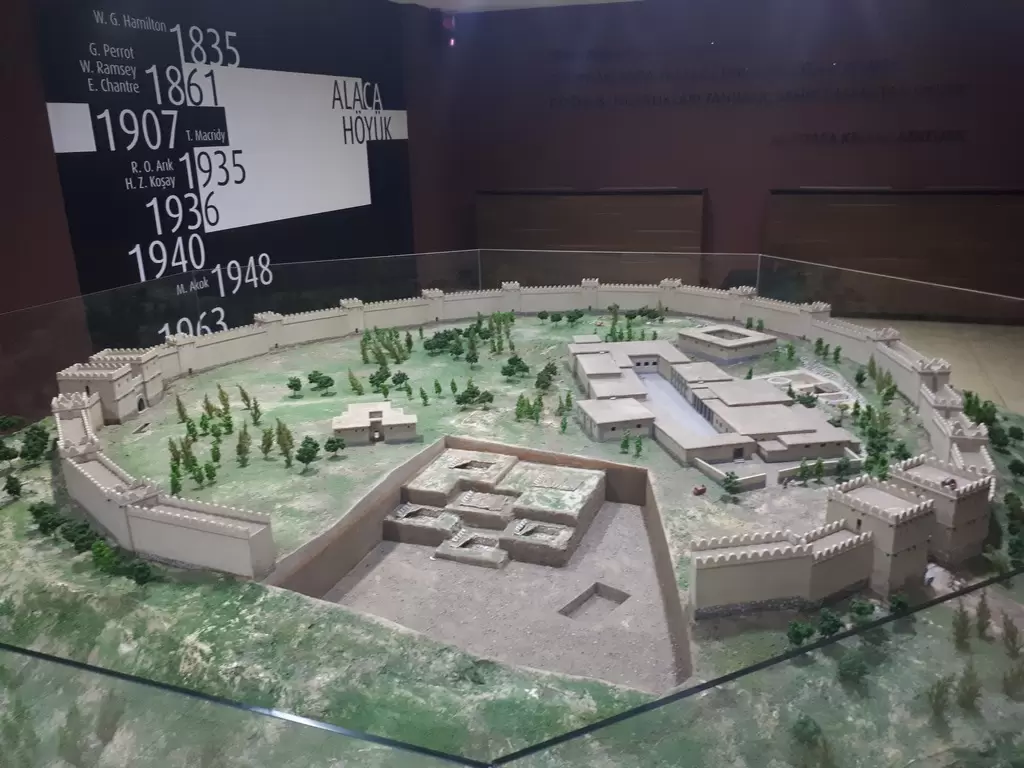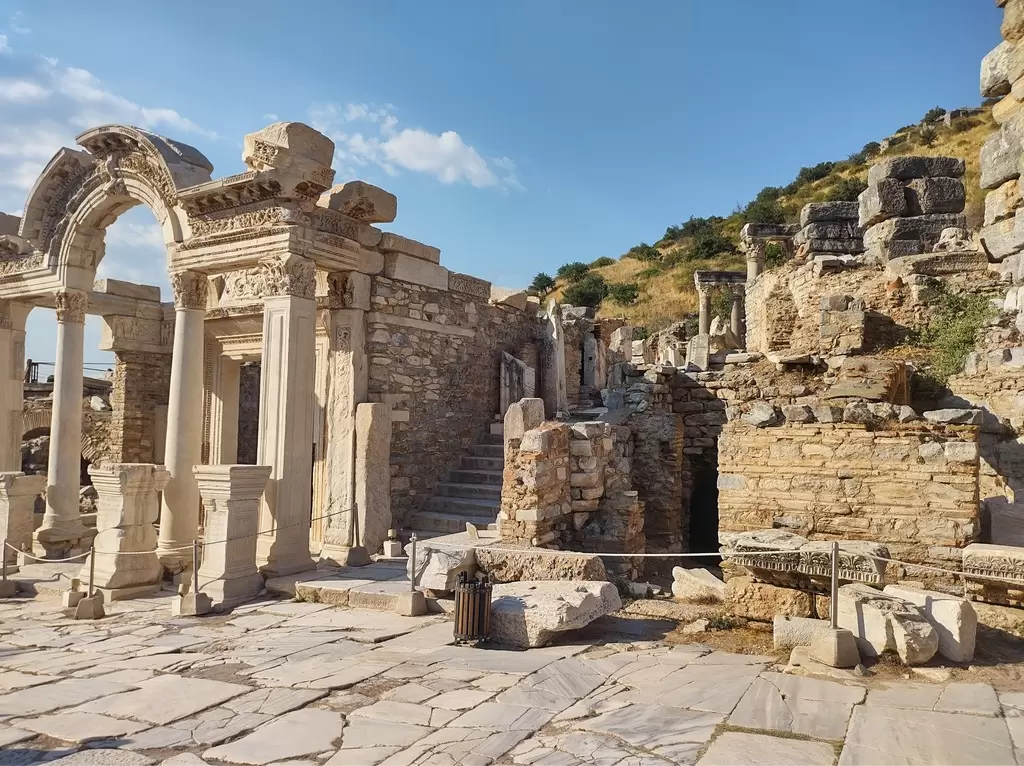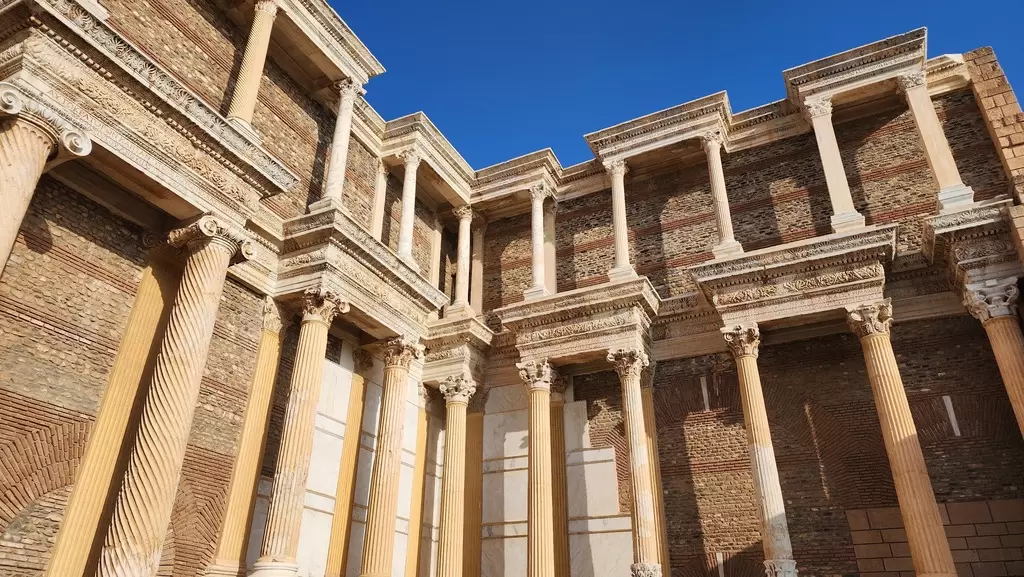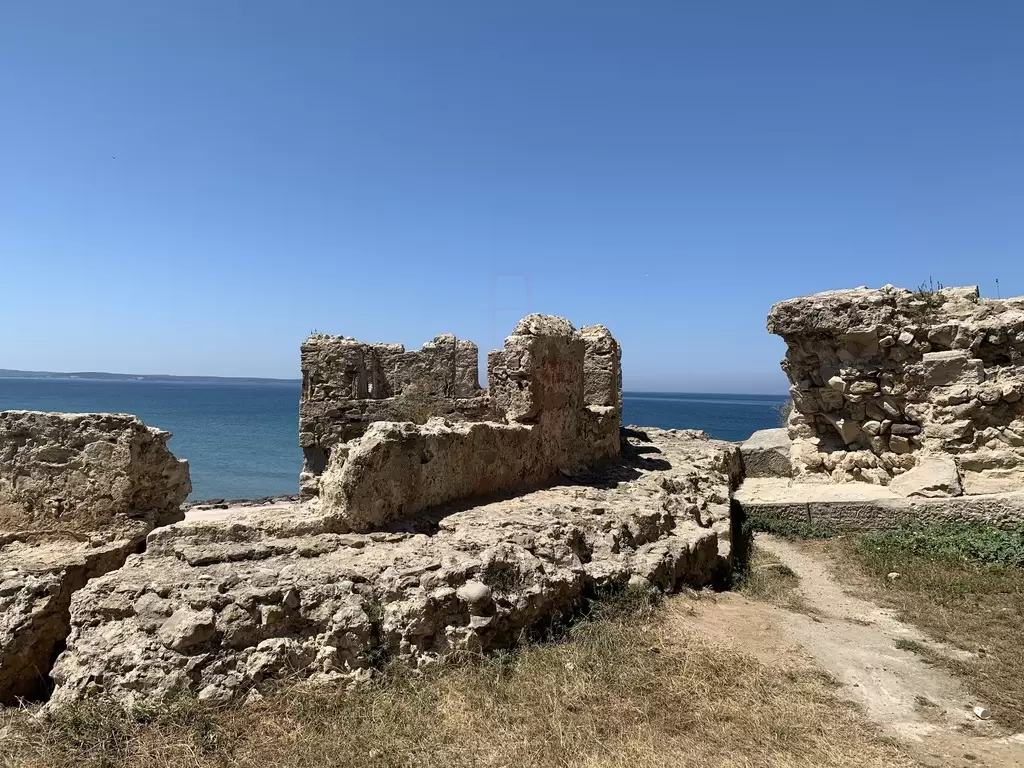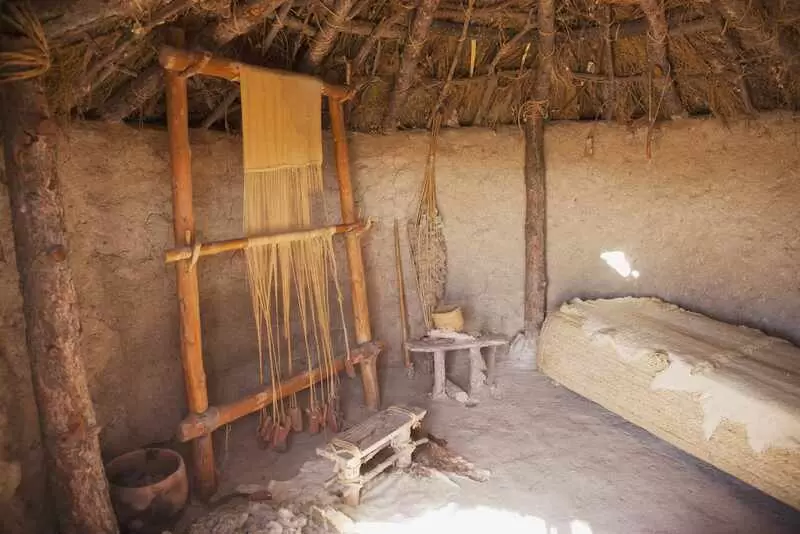
The Chalcolithic period in Anatolia, spanning roughly from 5500 to 3000 BCE, represents a transformative era marked by significant advancements in technology, society, and culture. This period is characterized by the emergence of metallurgy, specifically the use of copper, which was combined with traditional stone tools. This innovation not only improved tool-making but also enhanced agricultural practices and trade, setting the stage for the rise of complex societies.
Key archaeological sites, such as Çatalhöyük, Hacılar, and Bademagaci, provide valuable insights into Chalcolithic life. At Çatalhöyük, excavations reveal densely packed mud-brick houses and evidence of communal living. The settlement's layout suggests a highly organized community with shared spaces for rituals and social gatherings. The art found in Çatalhöyük, including wall paintings and figurines, reflects the spiritual and cultural life of its inhabitants, indicating a rich tradition of storytelling and symbolism.
Hacılar is another significant site that showcases early Chalcolithic developments. The site features well-constructed dwellings and evidence of advanced pottery techniques. The ceramics from this period are notable for their elaborate designs and functional forms, indicating a growing sophistication in craft production. The presence of storage facilities suggests increased agricultural production and the ability to manage surplus, which would be crucial for supporting larger populations.
During the Chalcolithic, communities began to establish more extensive trade networks, exchanging goods such as copper, obsidian, and pottery. This exchange of materials facilitated cultural interactions and the diffusion of ideas across regions. The use of copper tools allowed for more efficient farming practices, contributing to food security and the potential for population growth.
Social structures during this period became increasingly complex, with evidence of specialized roles in crafts, agriculture, and trade. The emergence of distinct burial practices and grave goods indicates a growing sense of identity and social stratification. Rituals and ceremonies likely played a crucial role in community cohesion, as seen in the elaborate burial sites that suggest beliefs in an afterlife.
The Chalcolithic period in Anatolia is also marked by significant environmental adaptations. As people settled in larger communities, they began to manipulate their surroundings through agriculture and land management practices. This shift towards sedentism laid the groundwork for the future development of urban centers in the region.
As the Chalcolithic period gave way to the Early Bronze Age around 3000 BCE, the innovations and cultural developments of this time continued to influence the trajectory of Anatolian civilization. The advancements in metallurgy, trade, and social organization established during the Chalcolithic would pave the way for the rise of powerful city-states and complex societies in the ancient Near East.
Today, visitors to Anatolia can explore these significant archaeological sites, where the remnants of Chalcolithic life provide a fascinating glimpse into the early stages of human innovation and cultural evolution. Museums and cultural centers showcase artifacts and reconstructions that highlight this dynamic period in history, emphasizing its importance in the broader narrative of human development.








